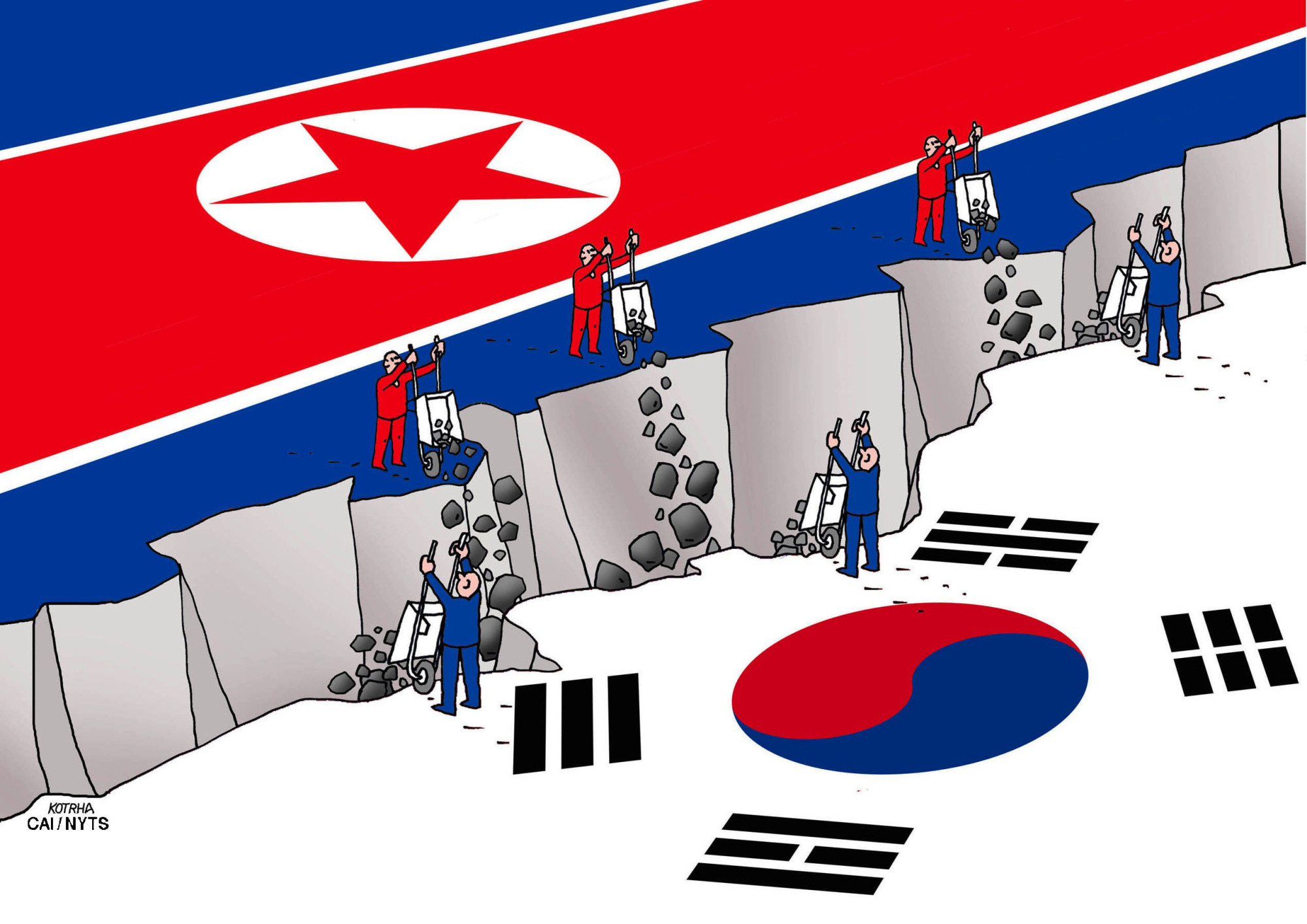North Korean leader Kim Jong Un and South Korean President Moon Jae-in met last Friday for the inter-Korean summit in Panmunjom. It has been 11 years since the last such encounter between leaders of the two countries. Following their meeting, they issued the Panmunjom Declaration for Peace, Prosperity and Unification of the Korean Peninsula, in which they declared that "a new era of peace has begun." The declaration included a number of agreements that focused on reconciliation between the two Koreas, including increasing inter-Korean dialogue at all levels (including their militaries), family reunions and various confidence-building measures.
Of significant importance was a declaration by the two leaders to pursue a formal conclusion to the Korean War by the end of this year through either trilateral dialogue that includes the two Koreas and the United States or a quadrilateral meeting that includes China. The days following the summit were filled with the images of the two leaders' firm handshakes and embraces, suggesting that we may be standing at a cusp of permanent peace on the Korean Peninsula.
As much as that may be everyone's hope, last week's inter-Korean Summit will likely turn out to be only the beginning of a long, complicated process that ultimately culminates in peace on the peninsula. And the road to that end is filled with various land mines, any of which could not only derail the peace process but also bring us right back to the state of tension that we found ourselves in just a few months ago.



















With your current subscription plan you can comment on stories. However, before writing your first comment, please create a display name in the Profile section of your subscriber account page.